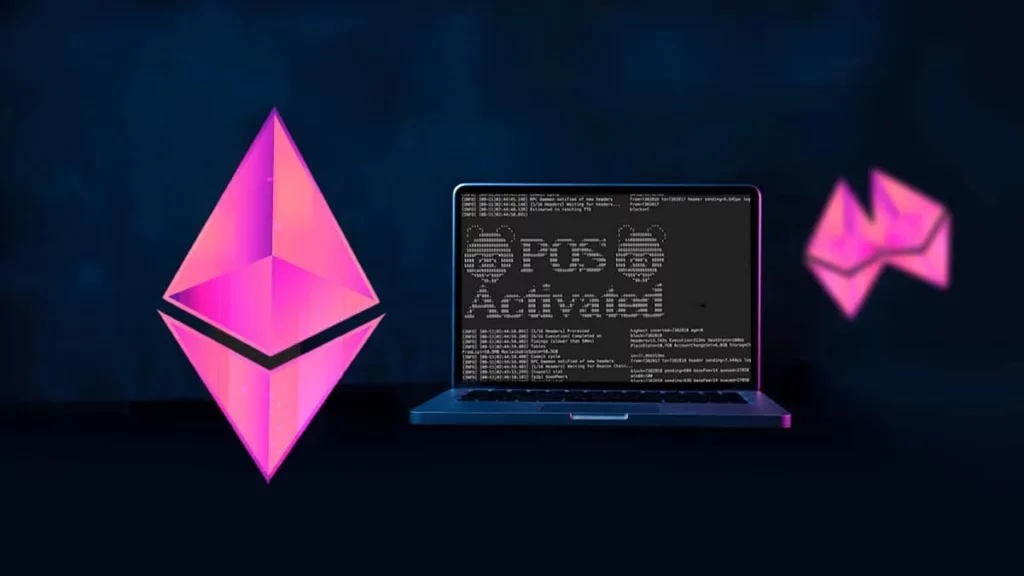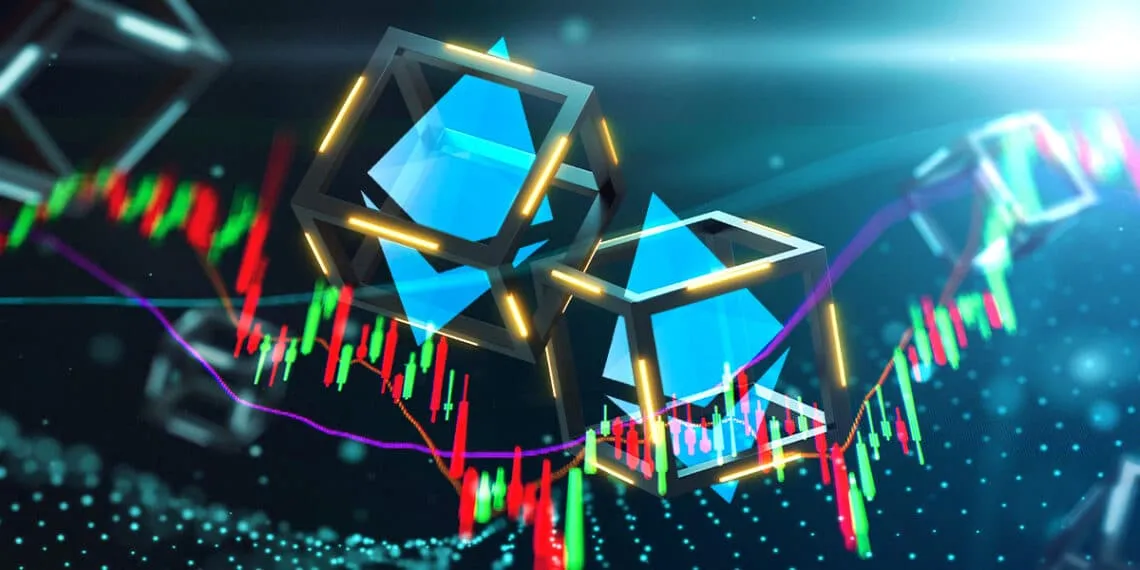Ethereum Merge is one of the most awaited events in the world of crypto currency. It will allow the mainnet of Ethereum, ETH1, to join Beacon Chain and work together. The merging process will change the Proof of Work basis to a Staking one. Ethereum developers are looking for the evolution of the blockchain, making it more efficient in the energetic aspect as well as improving the scalability options.
All these changes, will not affect the Ethereum Virtual Machine nor the protocols and smart contracts actually on the work. There won’t be any token loss nor balance modification on the accounts. The data records in ETH1 will be an integral part of ETH2 after the merging.
Ethereum Merge, a titanic process
The work in ETH1 and ETH2 merge took more than 4 years. The next step is known as the Surge and will point towards the sharding of the blockchain in order to increase scalability. Why is it so important? Ethereum Merge is the key of technological evolution in Ethereum and its tools for scalability, security and trust.
The Proof of Stake will allow developers to make a more energetic efficient network. Until now, the consumption of Ethereum was above 110 TW/h per year. It was the same amount of energy of countries like the Netherlands.
Proof of Stake allows a new focus on tokenomics pointing towards staking. The new protocol and validation nodes require at least 32 ETH to be part of the nodes that validate transactions on the network. Proof of Work mining will stop being the generation and verification of net consensus. The miners will have to migrate to other networks for these, such as Ethereum Classic.
On the other hand, the update makes flexible the Ethereum infrastructure to develop sharding. This will create small networks connected to the main one. Each network has its own resources and will meet at the main network to enable the scalability process.
Shard chains after Ethereum Merge
The shard chains are sidechains integrated into the Ethereum protocol. They work natively and altogether with the mainnet to recreate a distributed ledger. This structure allows to create shard chains to deploy smart contracts and DApps with dedicated resources. The result will be a better allocation of resources and scalability for the network.

The risk of Ethereum fusion
The fusion of ETH1 and ETH2 is not free of risk. The developers are working on a fusion that does not affect the data records. The testnet was the tool for reducing risks, and up until now, it has been a success.
One of the main fears of users, is the conversion from Proof of Work to Proof of Stake. PoS is a trustful protocol with high security, but Proof of Stake networks tend to lack decentralization. There is also the additional difficulty to create complete nodes inside the network.
If you want to be part of Ethereum and start mining in the PoW protocol, you only need a computer and GPUs to mine. The cost rounds the 8.000 dollars for a mid-power rig. But, in the PoS protocol you only have two options. Use a third party like LIDO or create your node with 32 blocked ETH. Nowadays, this amount of ETH is equal to nearly 59.000 dollars. The entrance fee tends to centralize the network, as the crypto currencies prices arise.
The centralization problem is not minor. Nowadays, the 50% of the staking belongs to three platforms: LIDO, Coinbase and Kraken. Most of the network staking is inside third party services, the opposite of the decentralization of economy that crypto pursues.
The Ethereum fusion also centralizes governance and tokenomics. The regulations may change turning Ethereum PoS into an utility token. The ecosystem may change a lot if control measures are not taken.
Curiosities of the Ethereum fusion
Ethereum Merge and the activation of the ETH2 mainnet will be completely different to ETH1. The protocol is so different, that some aspects will never be the same.
- The gas fee won’t be affected. The transactions won’t be cheaper either.
- The PoS is an element that will improve Ethereum speed. The scalability will depende on the shard chains that will start appearing in 2024.
- ETH2 staking participants will have to wait Shanghai update to withdraw earnings. Those who participate in the Merge will be able to do staking directly with immediate rewards. Shanghai update is expected for middle 2023.
- The EVM update in ETH2 as well as the Swarm arriving is a work in progress. There is no clear or specific roadmap. There are no new updates scheduled for Ethereum 2.0.

